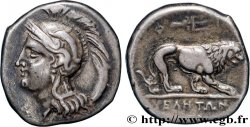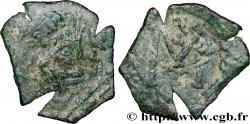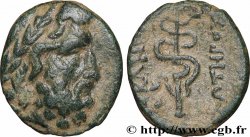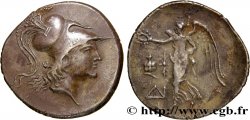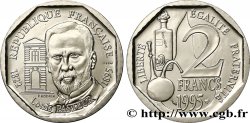Not available.
Item sold on our e-shop (2016)
Price : 320.00 €
Item sold on our e-shop (2016)
Price : 320.00 €
Type : Nomos, statère ou didrachme
Date: c. 350/340 - 320/310 AC.
Mint name / Town : Vélia, Lucanie
Metal : silver
Diameter : 22 mm
Orientation dies : 6 h.
Weight : 7,17 g.
Rarity : R1
Coments on the condition:
Exemplaire sur un flan large et bien centré. Belle tête d’Athéna avec un petit plat sur le visage. Joli revers. Patine grise superficielle. A été nettoyé
Catalogue references :
Obverse
Obverse legend : ANÉPIGRAPHE ; MONOGRAMME DERRIÈRE LE CASQUE.
Obverse description : Tête d'Athéna à gauche, coiffée du casque phrygien à cimier avec triple aigrette, orné d'un centaure.
Obverse legend : (KE)
Reverse
Reverse description : Lion passant à gauche, dévorant une proie.
Reverse legend : UELHTWN/ A
Commentary
Poids léger. La série 62 du classement de Williams se caractérise par un monogramme qui correspond à la signature du graveur Kléodoros. Sur cet exemplaire, on distingue très nettement un début de cassure de coin au droit devant le visage. Très tôt, le monnayage de Vélia a été décrit comme ayant inspiré la drachme lourde de Marseille (LT. 785-791). Certains l’ont même décrit comme un monnayage symmachique : un lion de Vélia étant l’équivalent de deux lions de Marseille. Aujourd’hui, cette théorie est remise en cause.
Lightweight. Series 62 of the Williams classification is characterized by a monogram that corresponds to the signature of the engraver Kleodoros. On this example, we can clearly see the beginnings of a die break on the right in front of the face. Very early on, the coinage of Velia was described as having inspired the heavy drachma of Marseille (LT. 785-791). Some have even described it as a symmachic coinage: one lion of Velia being the equivalent of two lions of Marseille. Today, this theory is being challenged.
Lightweight. Series 62 of the Williams classification is characterized by a monogram that corresponds to the signature of the engraver Kleodoros. On this example, we can clearly see the beginnings of a die break on the right in front of the face. Very early on, the coinage of Velia was described as having inspired the heavy drachma of Marseille (LT. 785-791). Some have even described it as a symmachic coinage: one lion of Velia being the equivalent of two lions of Marseille. Today, this theory is being challenged.








 Report a mistake
Report a mistake Print the page
Print the page Share my selection
Share my selection Ask a question
Ask a question Consign / sell
Consign / sell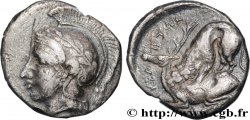
 Full data
Full data
